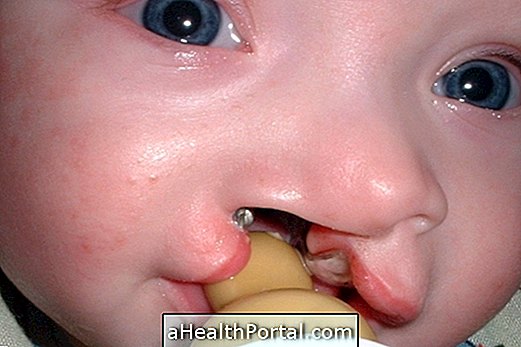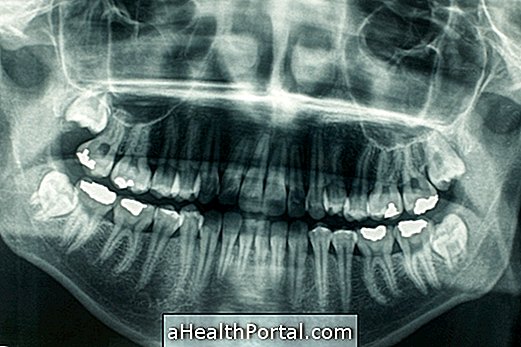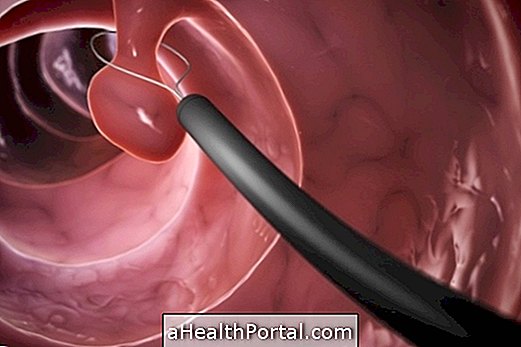Anencephaly is a fetal malformation where the baby has no brain, skull, cerebellum, and meninges, which are very important structures of the central nervous system, which can lead to the death of the baby soon after birth and in some rare cases after some hours or months of life.
Main causes of anencephaly
Anencephaly is a serious change that can be caused by a number of factors, including the genetic load, environment, and poor nutrition of women during pregnancy, but lack of folic acid during pregnancy is the most common cause.
This fetal malformation occurs between 23 and 28 days of gestation due to poor closure of the neural tube and therefore, in some cases, in addition to anencephaly the fetus may still have another neural alteration called spina bifida.
How to diagnose anencephaly
Anencephaly can be diagnosed during prenatal care by ultrasound examination, or by the measurement of alpha-fetoprotein in maternal serum or amniotic fluid after 13 weeks of gestation.
There is no cure for anencephaly or any treatment that can be done to try to save the baby's life.
Abortion is allowed in case of anencephaly
The Brazilian Federal Supreme Court also approved on April 12, 2012 abortion in case of anencephaly, with very specific criteria, determined by the Federal Medical Council.
Therefore, if parents want to anticipate the delivery will require a detailed ultrasonography of the fetus from the 12th week with 3 pictures of the fetus detailing the skull and signed by two different doctors. It is no longer necessary from the date of approval of the decriminalization of the abortion of the anencephalon judicial authorization to carry out the abortion, as has happened in previous cases.
In cases of anencephaly, the baby at birth will not see, hear or feel anything and that the probability of it dying shortly after birth is very great. However, if he survives for a few hours after birth he may be an organ donor if the parents express this interest during pregnancy.





















